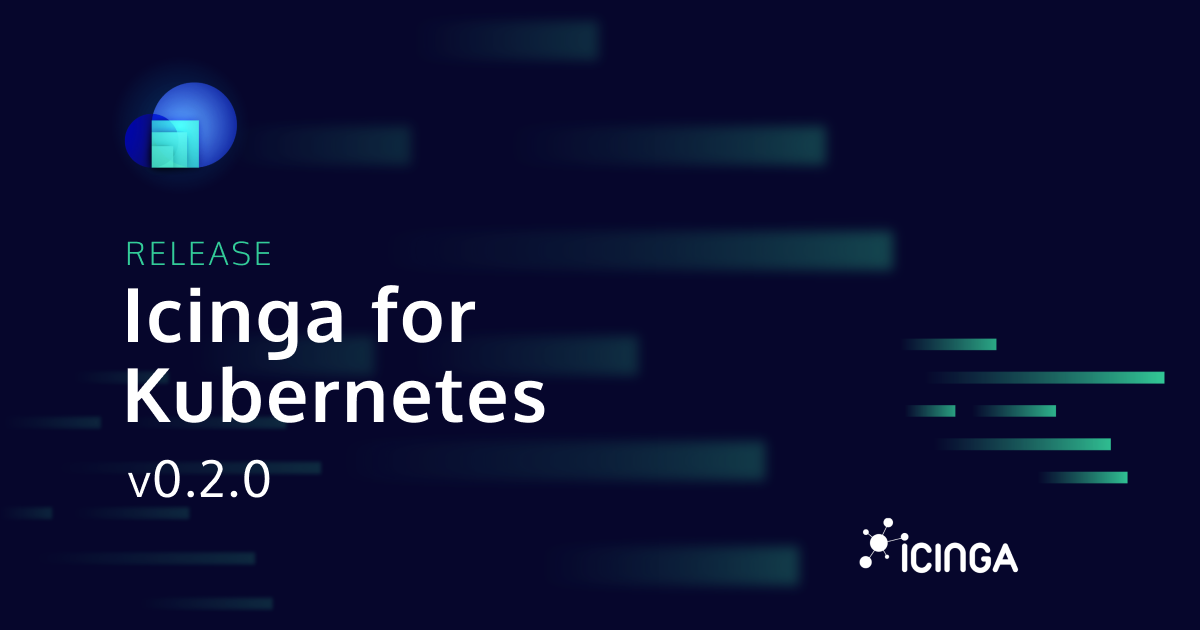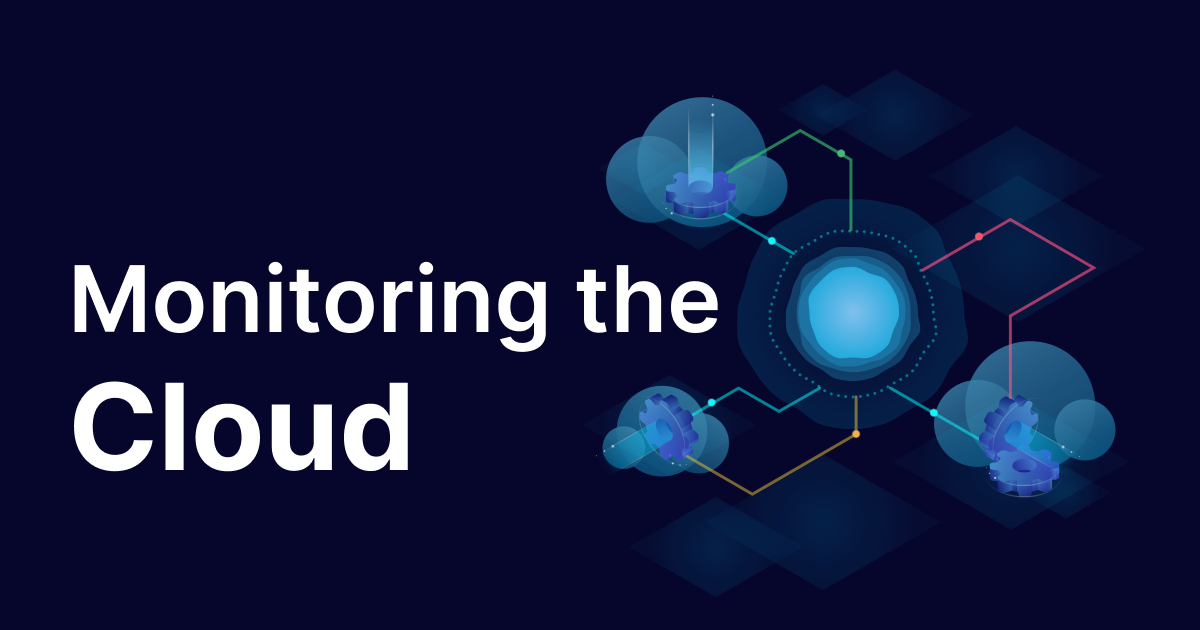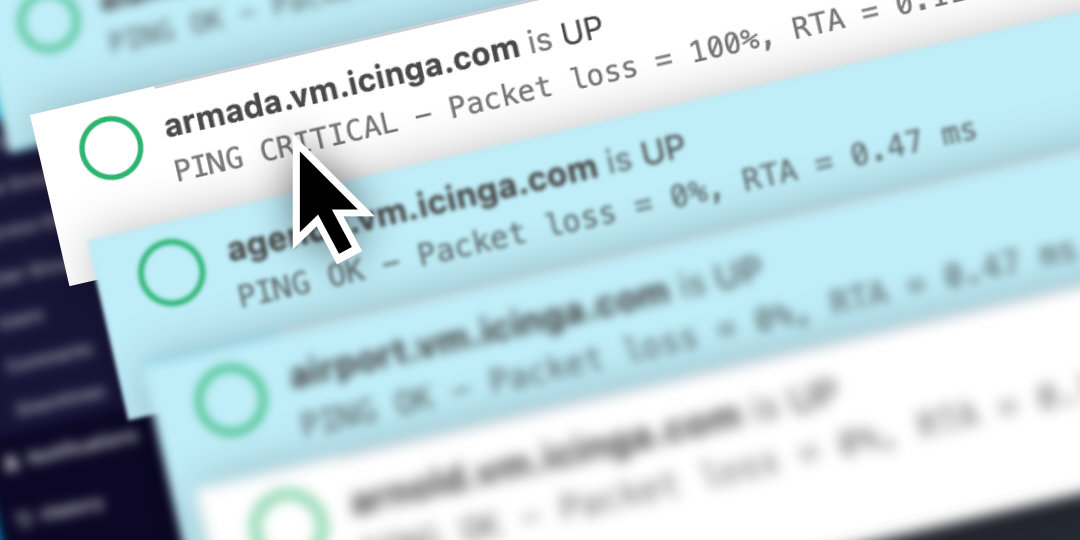I use NixOS by the way. And today I'm going to show you how to operate a simple Icinga setup using that operating system. I.e. a single node with checks and notifications. In contrast to Icinga Web...

Using Icinga 2 on NixOS
I use NixOS by the way. And today I'm going to show you how to operate a simple Icinga setup using that operating system. I.e. a single node with checks and notifications. In contrast to Icinga Web...
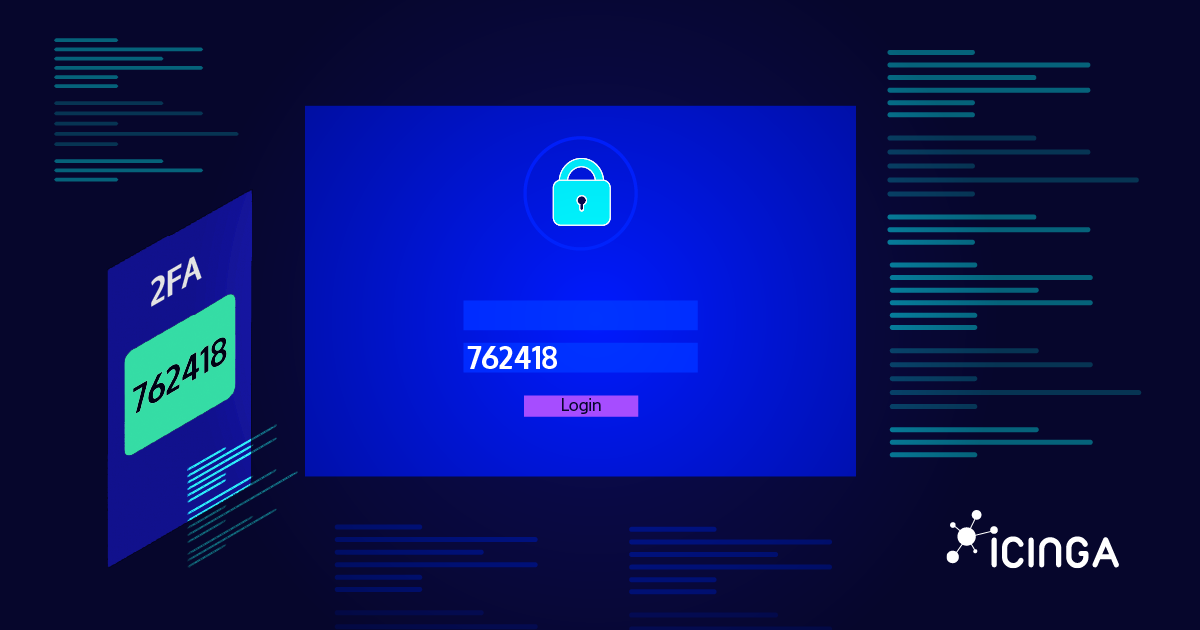
Two Factors, Double Security?
Introduction “Please enter the code we just sent you.” – most people have seen this message when logging into an online service. Two-Factor Authentication (2FA) is no longer reserved for banks or enterprises. It’s now common in email, social media, and shopping...
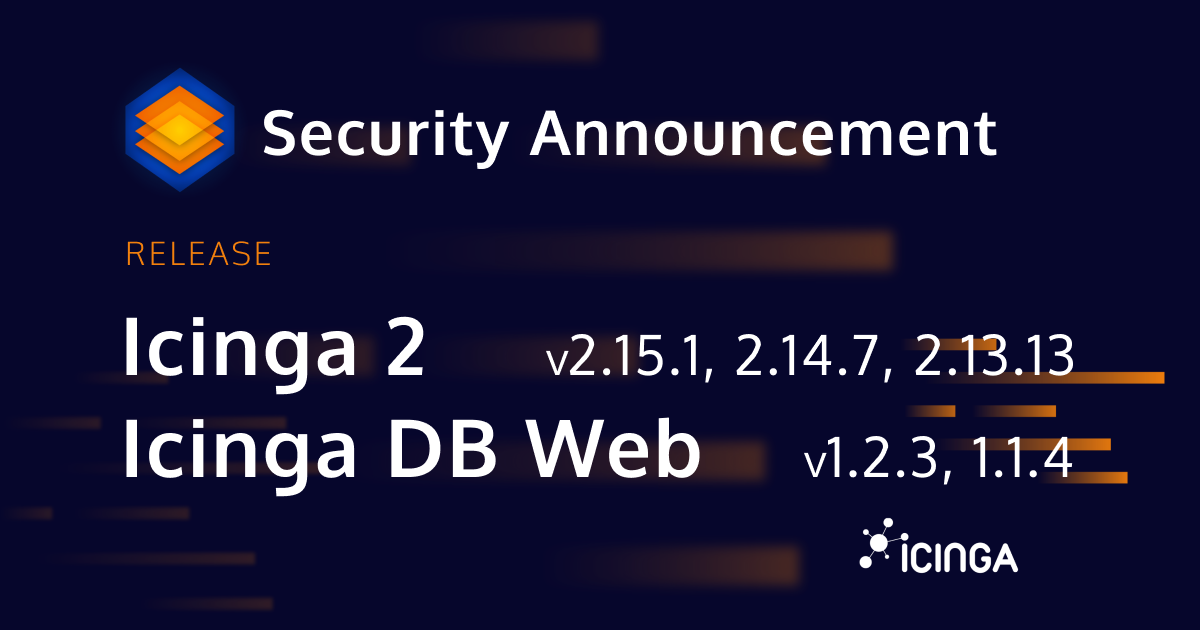
Releasing Icinga 2 v2.15.1, 2.14.7 and 2.13.13 and Icinga DB Web v1.2.3 and 1.1.4
Today, we are releasing security updates for Icinga 2 and Icinga DB Web fixing multiple security issues. Two of them allow authenticated API users to learn restricted information or crash Icinga 2. On Icinga 2, a third issue affecting the provided scripts allows a...
Monitoring Automation with Icinga Director – Simplify Configuration Management
Automating the monitoring process for a huge amount of servers, virtual machines, applications, services, private and public clouds is a main driver for users when they decide to use Icinga. In fact, monitoring large environments is not a new demand for us at all. We...
Icinga Notifications: Custom Channel Plugins
As many of you have already seen in our previous blog posts and our early beta release, we're working on a new, independent notification module. Right now, we only offer three ready-made channels for sending notifications. Today, I want to show you how you can create...
Announcing Icinga for Kubernetes v0.2.0
We are excited to announce the release of Icinga for Kubernetes v0.2.0! This update brings a host of new features and improvements that enhance our monitoring solution for Kubernetes. It makes it easier than ever to analyze problems and understand complex Kubernetes...
Icinga Certification is out!
The Icinga certification is a topic some of you have been waiting for impatiently. Some got a glimpse at it already at the Icinga Summit. Some of you might have never heard of it before. This is your opportunity to prove your skills and take the next step in your...
What a Cloud Monitoring Architecture looks like
In today's fast-paced, digitally-driven business world, cloud computing has become the foundation of scalable and flexible IT infrastructure. As organizations transition to the cloud to gain agility, scalability, and cost savings, it becomes crucial to monitor cloud...
Icinga Notifications: Incidents, Escalations, and Event Rules – How to Manage Alerts Effectively
Following the Icinga Notifications beta announcement, we already had a more general post on how to get started and one going into the details of schedules. This week's blog post is a follow up in this series and will describe incidents, escalations, and event rules in...
Multi Element Selection in Icinga DB Web
From time to time we want to bring not so widely known features of Icinga into spotlight. In this effort it’s a not so obvious feature, that was available in the monitoring module of Icinga Web 2 at some point already. It has also been available in Icinga DB Web since...
Releasing Icinga for Windows v1.13.0-Beta1
Today we are very happy to announce the first beta release of Icinga for Windows with version 1.13.0.0! This new release provides a huge number of improvements and changes to the Framework as well as the default Windows Plugins, which we will talk about later on. Why...
Icinga Director: Cloning dictionary row entries for objects from import sources
Over use of dictionaries in monitoring leads to complex and ugly configurations. This in turn makes monitoring complicated. Hence, it is advisable to use it, only if it is needed or in special cases. Even in these cases it is worthwhile to keep it simple. On that...

Subscribe to our Newsletter
A monthly digest of the latest Icinga news, releases, articles and community topics.




